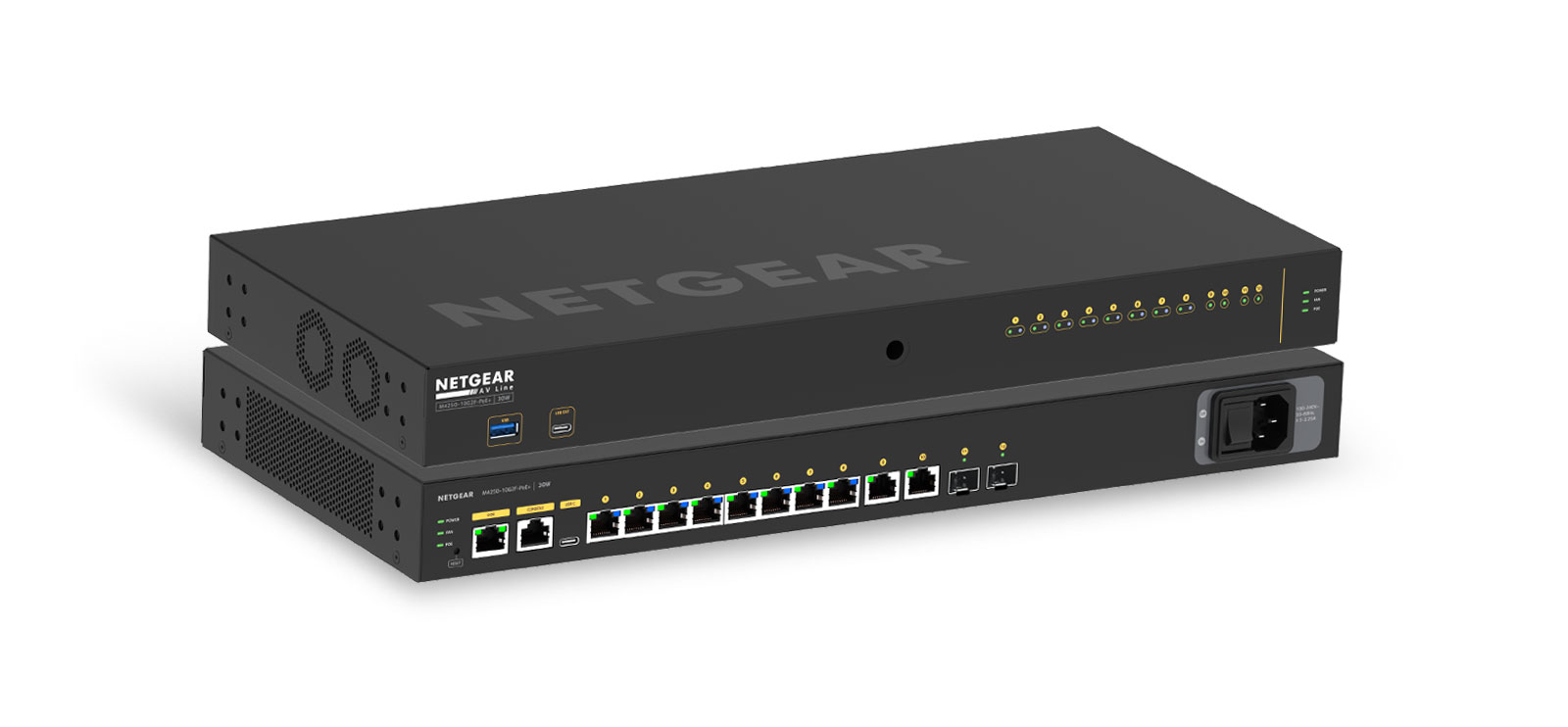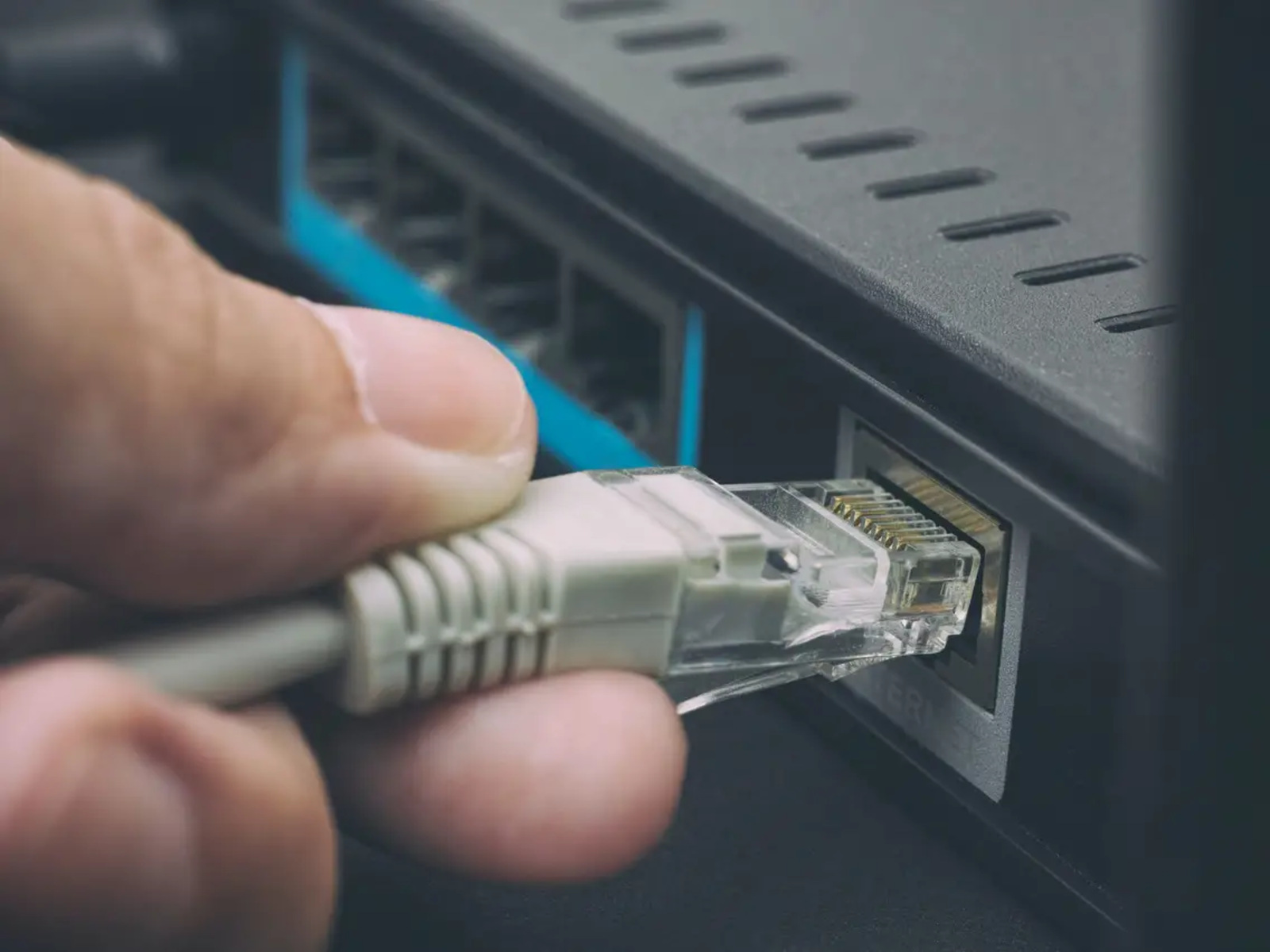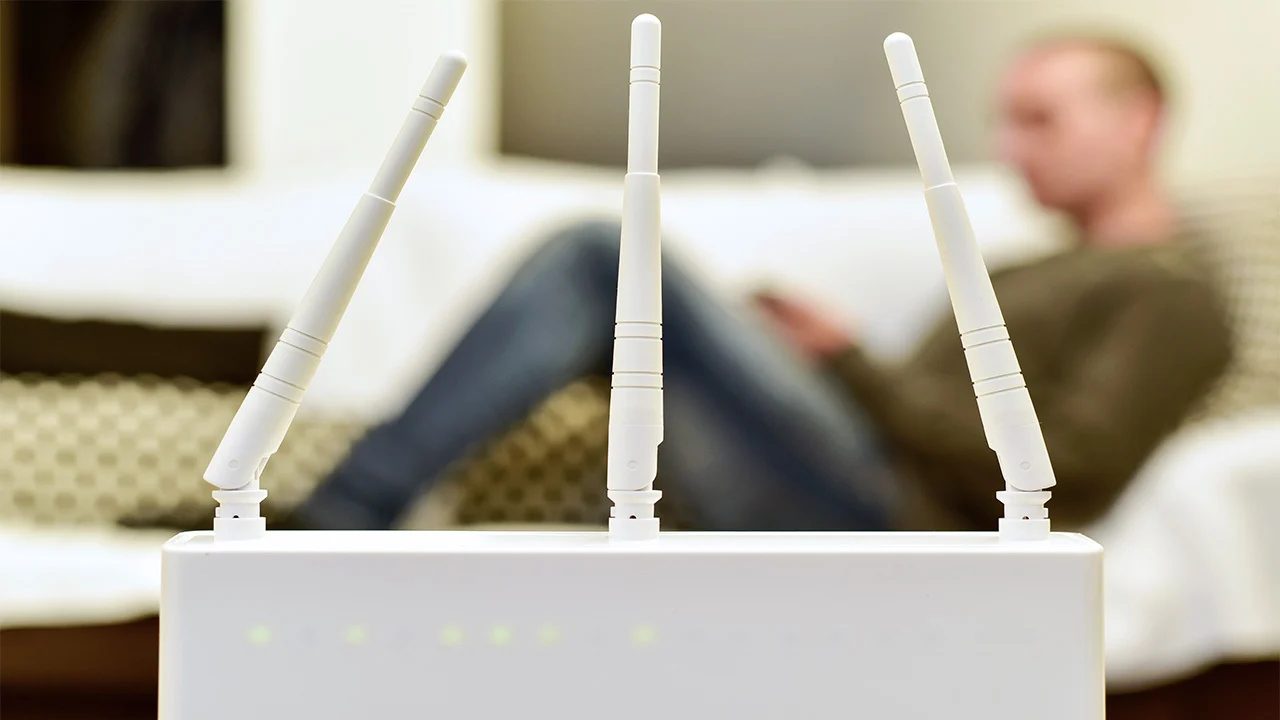Introduction
Updating network switch firmware is a crucial task in maintaining the security, stability, and performance of your network infrastructure. Network switches, as the backbone of modern business operations, require regular firmware updates to address security vulnerabilities, add new features, and improve overall functionality.
Firmware serves as the operating system for network switches, controlling their essential functions and capabilities. Just like any software, firmware requires periodic updates to ensure optimal performance and security. These updates often include bug fixes, security patches, and performance enhancements that can significantly impact the stability and security of the network.
As technology continues to evolve, network switch manufacturers release firmware updates to adapt to the changing landscape of cybersecurity threats and to incorporate new features that support the latest networking standards. By keeping your network switch firmware up to date, you can mitigate potential security risks, optimize network performance, and ensure compatibility with emerging technologies.
Failing to update network switch firmware can leave your network vulnerable to security breaches, performance degradation, and compatibility issues with new network devices and applications. Therefore, it's essential to understand the importance of firmware updates and to follow best practices when performing them.
In the following sections, we will delve into the reasons why updating network switch firmware is crucial, the steps to prepare for a firmware update, the process of updating the firmware, and how to verify the successful completion of the update. By following these guidelines, you can ensure that your network switches are running on the latest firmware, thereby safeguarding your network against potential threats and maximizing its performance and reliability.
Why Update Network Switch Firmware
Updating the firmware of your network switches is essential for several compelling reasons:
- Security Enhancements: Firmware updates often include security patches that address vulnerabilities discovered since the release of the previous firmware version. By staying current with firmware updates, you can protect your network from potential security breaches and unauthorized access.
- Bug Fixes and Stability: Firmware updates frequently address known issues and bugs that may affect the stability and performance of your network switches. These fixes can prevent network downtime and ensure smooth operations.
- Performance Optimization: New firmware versions may include performance improvements, optimizations, and feature enhancements that can enhance the overall functionality and efficiency of your network switches.
- Compatibility with New Technologies: As networking standards evolve, updated firmware ensures that your network switches remain compatible with the latest technologies, devices, and protocols, allowing for seamless integration and interoperability.
- Regulatory Compliance: In certain industries, compliance with regulatory standards and best practices is crucial. Updating firmware can help ensure that your network infrastructure meets the necessary compliance requirements.
- Vendor Support: Manufacturers provide ongoing support and updates for their products. By keeping your network switch firmware up to date, you can take advantage of vendor support and access the latest features and improvements.
By understanding the significance of these factors, you can appreciate the critical role that firmware updates play in maintaining the security, stability, and performance of your network infrastructure. The next step is to prepare for the firmware update process, ensuring that it is carried out smoothly and effectively.
Preparing for Firmware Update
Before initiating the firmware update process for your network switches, it is essential to take several preparatory steps to ensure a smooth and successful update:
- Review Release Notes: Start by reviewing the release notes provided by the switch manufacturer for the new firmware version. This documentation typically outlines the changes, bug fixes, and new features included in the update, helping you understand the impact of the update on your network.
- Backup Configuration: Prior to the firmware update, it is crucial to backup the configuration of your network switches. This backup serves as a safety net in case the update process encounters any issues, allowing you to restore the previous configuration and minimize downtime.
- Check Hardware Compatibility: Ensure that the new firmware version is compatible with the hardware of your network switches. Verify that the switch models and hardware revisions are supported by the firmware update to prevent any potential compatibility issues.
- Assess Network Impact: Consider the impact of the firmware update on your network operations. Schedule the update during a maintenance window or a period of low network activity to minimize disruptions to users and critical systems.
- Secure Access Credentials: Ensure that you have the necessary access credentials, such as administrative privileges, to perform the firmware update. This step is crucial for seamless execution of the update process.
- Prepare Rollback Plan: In the event of unforeseen complications during the update, having a rollback plan is essential. Prepare a contingency plan to revert to the previous firmware version if the update encounters critical issues.
- Allocate Sufficient Time: Allocate an appropriate timeframe for the firmware update process. Depending on the size of your network and the number of switches being updated, allow ample time for the update to complete without rushing the process.
By following these preparatory steps, you can minimize the potential risks associated with firmware updates and ensure that the update process is executed with careful consideration for the stability and continuity of your network operations. With the preparations in place, you are ready to proceed with updating the firmware of your network switches.
Updating Network Switch Firmware
Once you have completed the preparatory steps and are ready to update the firmware of your network switches, follow these essential guidelines to ensure a successful update:
- Download Firmware: Obtain the latest firmware version from the manufacturer’s official website or designated support portal. Ensure that you are downloading the correct firmware for your specific switch model and hardware revision.
- Access Switch Interface: Log in to the management interface of the network switch using a web browser or a dedicated management application. Navigate to the firmware update section within the switch’s administrative interface.
- Upload Firmware: Locate the option to upload the firmware file within the switch’s management interface. Select the downloaded firmware file from your local system and initiate the upload process. Depending on the switch model, the update process may vary, so refer to the manufacturer’s documentation for specific instructions.
- Initiate Firmware Update: Once the firmware file is uploaded, proceed to initiate the firmware update process. This may involve confirming the update, accepting any prompts or warnings, and allowing the switch to begin the update procedure. During this time, it is crucial to avoid interrupting the update process to prevent potential firmware corruption.
- Monitor Update Progress: While the firmware update is in progress, monitor the update status provided by the switch’s management interface. This may include a progress bar, percentage completion, or status messages indicating the update’s current stage. Exercise patience and allow the update process to complete without interference.
- Reboot Switch: Upon successful completion of the firmware update, the switch may require a reboot to apply the new firmware. Follow the prompts within the management interface to reboot the switch, ensuring that the new firmware version is activated and operational.
It is important to note that the update process may vary based on the manufacturer and model of the network switch. Always refer to the official documentation and guidelines provided by the manufacturer to ensure that the firmware update is performed accurately and in accordance with their recommended procedures.
With the firmware update process completed, the next step is to verify that the update was successful and that the network switches are running on the latest firmware version.
Verifying Firmware Update
After completing the firmware update process for your network switches, it is crucial to verify that the update was successful and that the switches are running on the latest firmware version. Follow these steps to confirm the status of the firmware update:
- Check Firmware Version: Access the management interface of each network switch and navigate to the firmware or system information section. Verify that the displayed firmware version matches the newly updated version that was installed. This confirms that the update was applied to the switch.
- Functionality Testing: Perform functional tests on the network switches to ensure that they are operating as expected after the firmware update. Test various network functionalities, such as VLAN configurations, port settings, and network connectivity, to confirm that the switches are functioning normally.
- Monitor System Logs: Review system logs and event notifications within the switch’s management interface to identify any abnormal behavior, error messages, or warnings that may indicate issues related to the firmware update. Address any anomalies promptly to maintain network stability.
- Network Performance Evaluation: Assess the overall performance of the network switches following the firmware update. Monitor network traffic, latency, and throughput to ensure that the update has not adversely affected the network’s performance. Address any performance issues proactively.
- Vendor Notifications: Some manufacturers provide notifications or confirmation messages within the management interface to indicate the successful completion of a firmware update. Check for any vendor-specific notifications that validate the update process.
By systematically verifying the firmware update through these steps, you can ensure that the network switches are running on the latest firmware version and that their functionality and performance have not been compromised by the update. Regularly monitoring the switches following the update is essential to promptly address any post-update issues and maintain the stability of your network infrastructure.
Conclusion
Updating the firmware of network switches is a fundamental aspect of network maintenance and security. By understanding the importance of firmware updates and following best practices for preparation, execution, and verification, you can ensure the optimal performance and security of your network infrastructure.
Regular firmware updates are essential to address security vulnerabilities, implement bug fixes, and incorporate performance enhancements that contribute to the stability and reliability of network switches. Furthermore, staying current with firmware updates ensures compatibility with evolving networking standards and technologies, safeguarding your network against potential security risks and compatibility issues.
When preparing for a firmware update, reviewing release notes, backing up configurations, and assessing network impact are critical steps that contribute to a successful update process. Additionally, allocating sufficient time and preparing a rollback plan are essential considerations for minimizing potential disruptions and mitigating risks during the update.
Executing the firmware update involves downloading the latest firmware, uploading it to the switch’s management interface, and monitoring the update progress. Following the manufacturer’s guidelines and ensuring a stable network environment during the update process are key to a successful update.
Verifying the firmware update involves confirming the updated firmware version, testing network functionality, monitoring system logs, evaluating network performance, and checking for vendor notifications. These verification steps are crucial for ensuring that the update was successful and that the network switches are operating optimally after the update.
By adhering to these best practices and guidelines, you can maintain a secure, stable, and high-performing network infrastructure. Regularly updating the firmware of network switches is an integral part of proactive network management, contributing to the overall resilience and efficiency of your network environment.

























